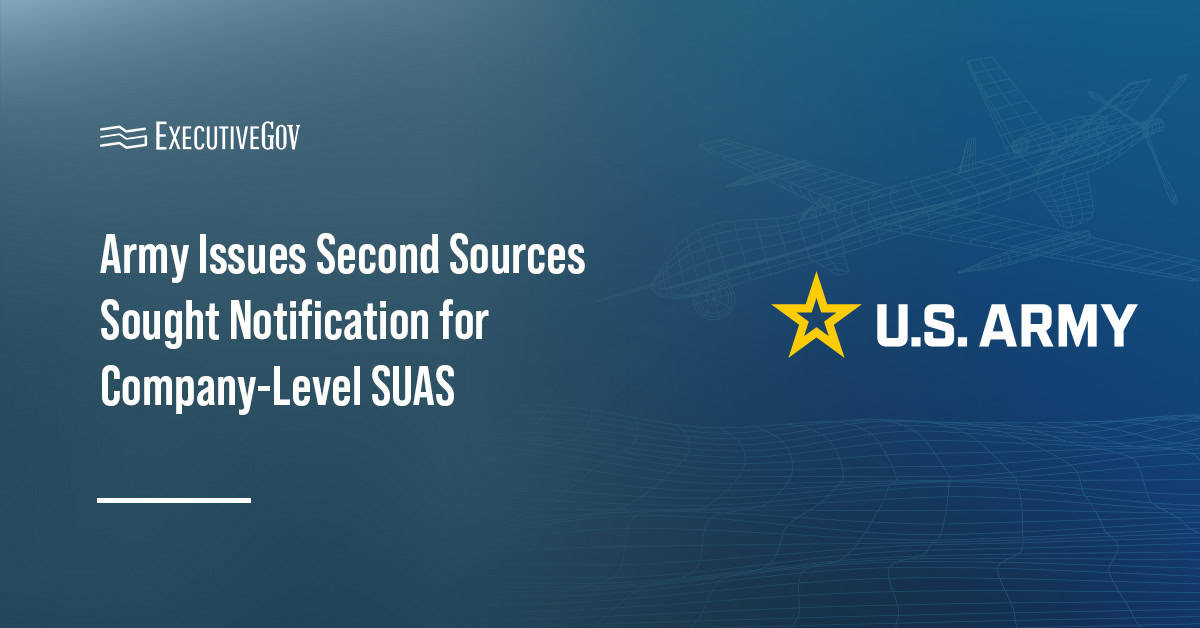
U.S. Air Force Sec. Deborah Lee James has detailed the service branch’s Bending the Cost Curve acquisition system that seeks to support innovation and deliver cost savings and process efficiencies.
James wrote in a guest piece published Wednesday on Defense One that the Air Force worked with the defense industry as part of efforts to develop a “21st century” acquisition system.
“This is the future of acquisitions: fast, competitive, and affordable,” she said.
She noted that increased dialogue between government and industry has resulted in the formation of an IT Business Analytics Office, while corporate leaders have also contributed to cost-capability analyses on four acquisition programs.
The Open Systems Acquisitions activity has also helped open program competition beyond the traditional defense industrial base, James wrote.





